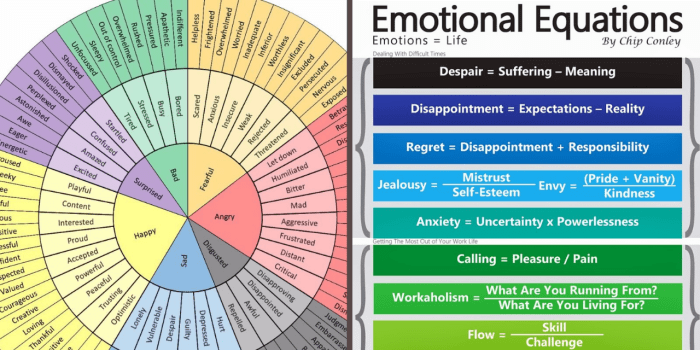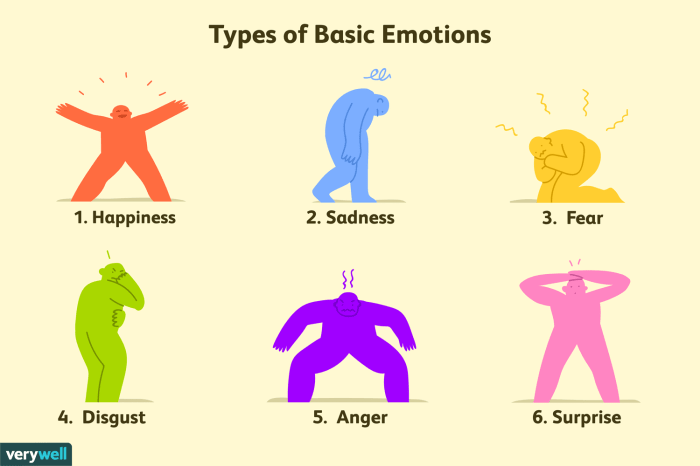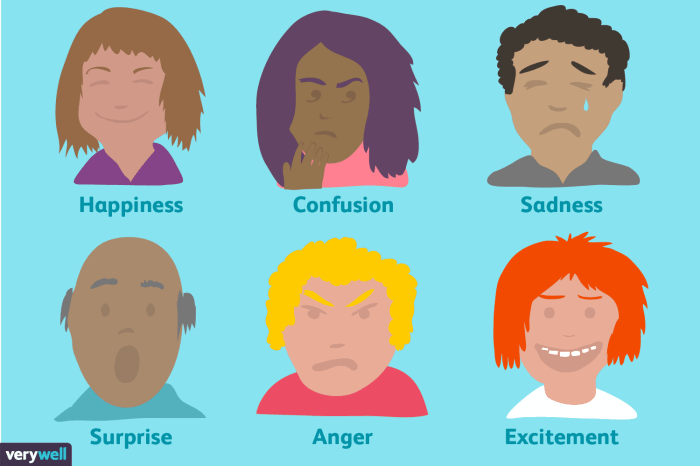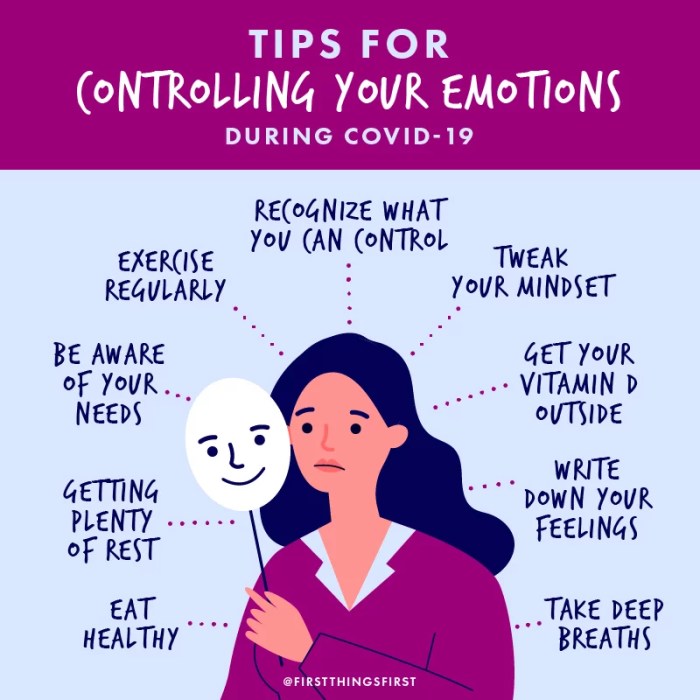Gestures we use to manage our emotions are called adaptors, and they play a vital role in nonverbal communication. These gestures serve as a window into our inner thoughts and feelings, allowing us to express ourselves beyond words. As we delve into the realm of adaptors, we will explore their diverse types, functions, and cultural influences, unlocking a deeper understanding of how we communicate our emotions through body language.
Introduction to Adaptors: Gestures We Use To Manage Our Emotions Are Called Adaptors

Adaptors are gestures used to manage emotions. They are a form of nonverbal communication that can express emotions, regulate arousal, and communicate intentions. Adaptors are often unconscious and automatic, and they can provide valuable insights into a person’s emotional state.
Types of Adaptors
There are many different types of adaptor gestures. Some of the most common include:
- Self-adaptors:These gestures involve touching or manipulating one’s own body, such as biting one’s nails, twirling one’s hair, or tapping one’s foot.
- Object-adaptors:These gestures involve manipulating an object, such as fidgeting with a pen, playing with a piece of jewelry, or doodling on a piece of paper.
Functions of Adaptors

Adaptors can serve a variety of functions, including:
- Expressing emotions:Adaptors can express a wide range of emotions, such as anxiety, nervousness, boredom, and excitement.
- Regulating arousal:Adaptors can help to regulate arousal by providing a way to release tension or energy.
- Communicating intentions:Adaptors can also be used to communicate intentions, such as a desire to speak or to leave a conversation.
Cultural and Contextual Factors
The use of adaptors can be influenced by cultural and contextual factors. For example, some cultures may view certain adaptor gestures as being more acceptable than others. Additionally, the context in which an adaptor gesture is used can affect its meaning.
Applications in Communication

Understanding adaptors can be helpful in a variety of communication contexts. For example, adaptors can be used to:
- Enhance communication effectiveness:By understanding the meaning of adaptor gestures, you can better understand what someone is communicating, both verbally and nonverbally.
- Build rapport:Adaptor gestures can be used to build rapport by showing that you are interested in what someone is saying and that you are engaged in the conversation.
Advanced Analysis

There are a number of different ways to analyze the use of adaptors. One common method is to use a coding system to categorize adaptor gestures into different types. This can help to identify patterns in the use of adaptors and to better understand their meaning.
Question & Answer Hub
What are the most common types of adaptors?
Self-adaptors, object-adaptors, and verbal adaptors are the three main categories of adaptors.
How do adaptors help us regulate our emotions?
Adaptors can help us calm down or energize ourselves, depending on the specific gesture.
Do adaptors vary across cultures?
Yes, the use of adaptors can vary significantly across cultures, so it’s important to be aware of cultural differences when interpreting gestures.